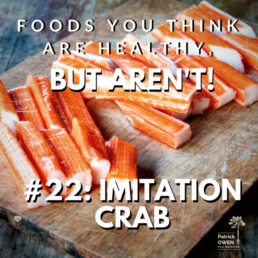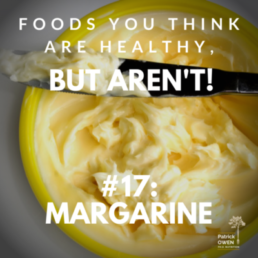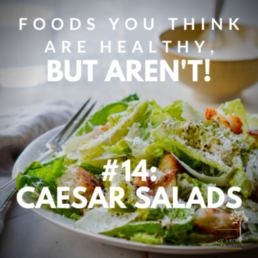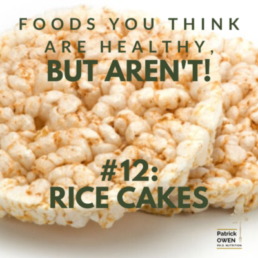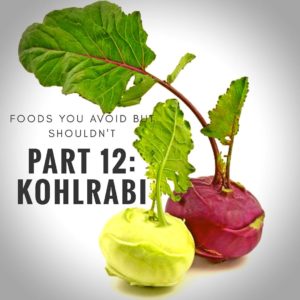 Why we avoid it:
Why we avoid it:
It’s a weird-looking vegetable. It looks a cross between an octopus and an alien space pod. What exactly do you do with it?
Why we should eat it:
Kohlrabi, along with broccoli, cauliflower, kale, collard greens and Brussels sprouts, is a cultivar of wild cabbage and thus contains the same nutritious power of the cabbage family. It tastes similar to broccoli stem, and you can eat it raw, grilled or stir-fried. Don’t be afraid to experiment with ways to prepare it — this oddball veggie is worth crunching into. Because it’s so low in calories and so dense with vitamins and minerals, kohlrabi is a healthy addition to a weight-loss diet. It contains the same cancer-fighting compounds — called isothiocyanates — that catapulted broccoli to superfood status. Isothiocyanates appears to prevent cancer by blocking the effects of certain hormones associated with breast and prostate cancers. In addition, kohlrabi is very high in vitamin C — providing 140% of your daily value per serving — and provides a good boost of potassium, essential for proper muscle and nerve function. When you pop a kohlrabi into your shopping basket, choose the smaller ones. They tend to be more tender and flavourful and contain more nutrients than the larger ones.
